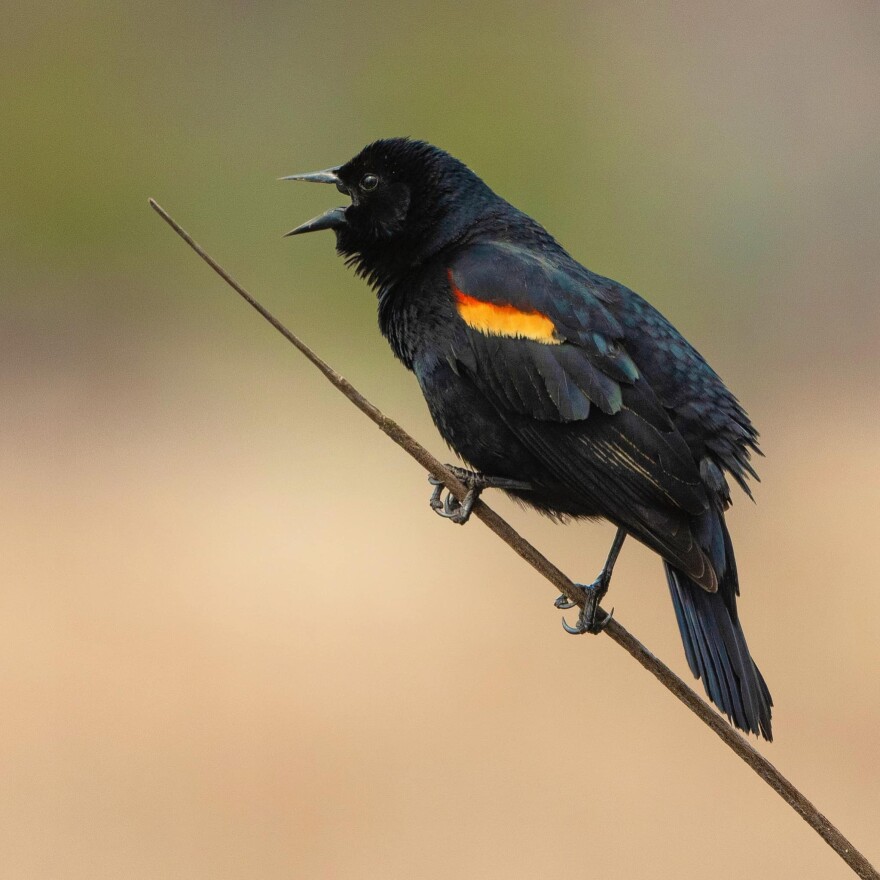A tracking tower installed at the Huron Hills Golf Course in Ann Arbor has begun detecting migratory birds that fly through the area.
The Motus Tower is part of statewide network and can track tagged birds, bats, and, butterflies, according to a news release from the city of Ann Arbor. The data the tower collects provides researchers with insight into the animals' migration patterns and behaviors.
Ann Arbor Parks and Recreation partnered with the Kalamazoo Nature Center and one of their projects, the Kalamazoo Valley Bird Observatory, to get the tower installed. The city said the tower is the 19th to be installed in Michigan; additional towers exist throughout the country and Central and South America
Becky Hand, a stewardship specialist with the city of Ann Arbor, said the tower was an important addition to the network.
"It's part of a string of towers that stretch across the Lower Peninsula. Ann Arbor was actually the last gap in the string of towers to fill. So now there's coverage all across the Lower Peninsula," Hand said.

In its 2022 annual Motus report, the Kalamazoo Valley Bird Observatory highlighted the importance of the towers. "The sharing of Motus radio telemetry data has helped scientists to better understand migration timing, stopover sites, habitat use, breeding grounds, nesting locations, survival rates, etc. among a variety of species," the group said.
Many scientists say migratory birds have been affected by climate patterns shifting in recent years, and certain species have arrived earlier or departed later from their seasonal breeding grounds. Motus towers can help track these changes.
Hand said she is excited about what species the new tower has already recorded.
"We've got a state-threatened Eastern whip-poor-will, we actually detected two of those, and state-endangered Kirtland's warbler. Already, and it's only been a couple of weeks since we put the tower up."





